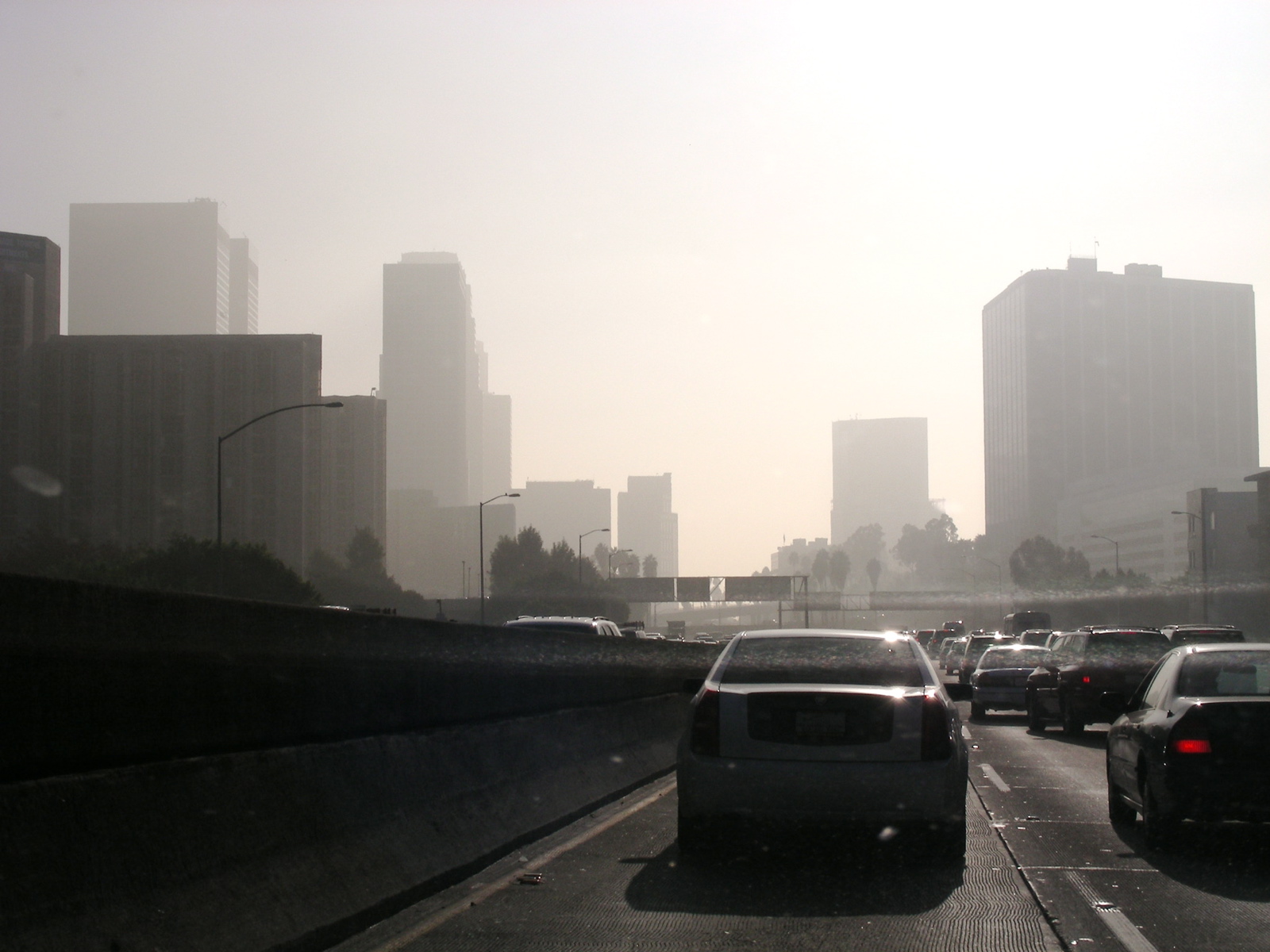FOR IMMEDIATE RELEASE
May 20, 2020
Washington, D.C. — Today, in an effort to protect public health – especially for people living close to highways and freeways – Congresswoman Nanette Diaz Barragán called on the Environmental Protection Agency to set stronger National Ambient Air Quality Standards.
In a letter to EPA Administrator Andrew Wheeler, Congresswoman Barragán wrote: “The science clearly shows that stronger limits are needed to protect public health. I call on the EPA to follow the science and set stronger National Ambient Air Quality Standards (NAAQS) for particulate matter pollution.”
Noting the specific danger in her Los Angeles County District, Barragán wrote: “Millions of Southern California residents live within 1,000 feet of a freeway, in close proximity to hundreds of thousands of heavy-duty trucks driving by them each day. … We know that particle pollution is deadly, and that the current limits do not sufficiently protect Americans – especially children with asthma and adults with lung and heart disease. It’s not an understatement for health experts to call this high traffic area a ‘Diesel Death Zone:’ Los Angeles County has more annual air-pollution related deaths than any other region in the country .”
Full text of the letter to Administrator Wheeler is below. For a pdf of the letter, click here.
May 20, 2020
The Honorable Andrew R. Wheeler
Administrator
Environmental Protection Agency
1200 Pennsylvania Avenue NW
Washington, DC 20460
Dear Secretary Wheeler:
I am writing to express my opposition to the Environmental Protection Agency’s (EPA) proposal¹ to maintain the current, inadequate standards for particulate matter. The science clearly shows that stronger limits are needed to protect public health. I call on the EPA to follow the science and set stronger National Ambient Air Quality Standards (NAAQS) for particulate matter pollution.
Particulate matter is a lethal air pollutant made up of microscopic specks of soot, metals, acids, dirt, and aerosols that are tiny enough to inhale. Fine particles, called PM2.5, are especially dangerous to human health. These particles come from a wide range of sources, but in my district their most significant source is diesel vehicles. Millions of Southern California residents live within 1,000 feet of a freeway, in close proximity to hundreds of thousands of heavy duty trucks driving by them each day. These trucks emit PM2.5, contributing to some of the worst air quality in the country.
These fine particles penetrate deep into the lungs and even the bloodstream. Inhaling PM2.5 particles can trigger asthma attacks, cause lung cancer, increase the risk of heart attacks and strokes, damage lung tissue and airways, contribute to cognitive decline including dementia, and may impact pregnancy and birth outcomes²³.
We know that particle pollution is deadly, and that the current limits do not sufficiently protect Americans – especially children with asthma and adults with lung and heart disease. It’s not an understatement for health experts to call this high traffic area a “Diesel Death Zone:” Los Angeles County has more annual air-pollution related deaths than any other region in the country⁴.
The asthma rate in my district is twice the national average. Children regularly walk around with inhalers around their necks. This public health crisis is part of a pattern of injustice. Black and brown communities, which make up more than 85% of my district, are disproportionately impacted. This is a racial justice and environmental justice issue.
It is especially egregious to make this proposal in the midst of a pandemic. Studies show that air pollution exposure is linked to greater risk of respiratory infections. Early evidence suggests that exposure to air pollution may make people more vulnerable to COVID-19 infection and may increase the severity of the disease if they get sick⁵. This is one of many reasons why black and Hispanic Americans are experiencing the worst health outcomes from COVID-19.
According to EPA’s own expert analysts’ examination of 30 metro areas, instituting an annual fine particle standard of 9 µg/m3 would prevent up to 12,500 premature deaths each year⁶. The American Lung Association has called for a minimum annual standard of 8 µg/m3. I urge you to follow their recommendation for the minimum annual standard, and to strengthen the 24-hour standard to 25 µg/m3.
Implementing these cleaner air standards will save lives and improve health outcomes for millions of Americans. I urge you to reconsider your proposal and embrace the latest science available within your own agency.
Sincerely,
Nanette Diaz Barragán
Member of Congress
###
Nanette Diaz Barragán is proud to represent California’s 44th Congressional District, which includes the communities of Carson, Compton, Florence-Firestone, Lynwood, North Long Beach, Rancho Dominguez, San Pedro, South Gate, Walnut Park, Watts, Willowbrook and Wilmington.
__________________________________________
1 Docket Number EPA-HQ-OAR-2015-0072
2 U.S. EPA. Integrated Science Assessment for Particulate Matter, December 2019. EPA/600/R-19/188.
3 Peters R, Ee N, Peters J, Booth A, Mudway I, Anstey KJ. Air Pollution and Dementia: A Systematic Review. J Alzheimers. Dis. 2019;70(s1):S145-S163. doi: 10.3233/JAD-180631.
4 Kashmira Gander, Los Angeles Ranked Highest in U.S. for Deaths Linked to Air Pollution, (May. 22, 2019)
https://www.newsweek.com/los-angeles-ranked-highest-us-deaths-linked-air-pollution-1431692
5 Wu X, Nethery RC, Sabath MB, Braun D, Dominici F. Exposure to air pollution and COVID-19 mortality in the United States: A nationwide cross-sectional study, 2020. medRxiv 2020.04.05.20054502; doi: https://doi.org/10.1101/2020.04.05.20054502
6 U.S. EPA. Policy Assessment for the Review of the National Ambient Air Quality Standards for Particulate Matter, January 2020. EPA-452/R-20-002

